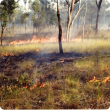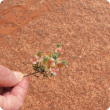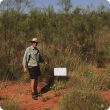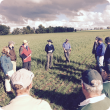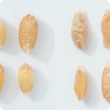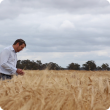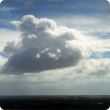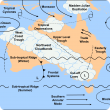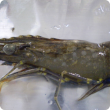Filter by regions:
- (-) Remove Goldfields-Esperance filter Goldfields-Esperance
- Great Southern (775) Apply Great Southern filter
- Wheatbelt (768) Apply Wheatbelt filter
- Mid West (750) Apply Mid West filter
- South West (726) Apply South West filter
- Peel (647) Apply Peel filter
- Gascoyne (586) Apply Gascoyne filter
- Perth regions (518) Apply Perth regions filter
- Pilbara (512) Apply Pilbara filter
- Kimberley (491) Apply Kimberley filter

